Items
keywords is exactly
small
-

Pisces (Platichthys Fleus)
Addressing the fact that 95% of known animal species are smaller than our thumbs, yet natural history museums displays are filled with mostly large animals, this sub-museum shows the legs of a flea highlighting its muscles; a whole squid, just a couple of millimetres long; beetles that have been sliced along their entire length, through the antennae, head, legs and body — 1/10th of a millimetre thick; as well as these two baby flounder fish. -
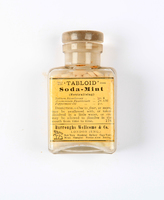
Soda-Mint
"However, this bottle was not marked ‘poison,’ so Alice ventured to taste it, and, finding it very nice (it had, in fact, a sort of mixed flavour of cherry-tart, custard, pineapple, roast turkey, toffy, and hot buttered toast), she very soon finished it off. ‘What a curious feeling!’ said Alice. ‘I must be shutting up like a telescope!’ And so it was indeed: she was now only ten inches high, and her face brightened up at the thought that she was now the right size for going through the little door into that lovely garden. First, however, she waited for a few minutes to see if she was going to shrink any further: she felt a little nervous about this; ‘for it might end, you know,’ said Alice to herself, ‘in my going out altogether, like a candle. I wonder what I should be like then?’" (Carroll 2007: 18). -
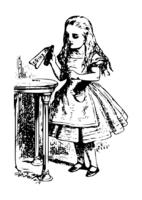
Fairytales warn us...
"The fairytales warn us that there is no such thing as standard size – that is an illusion of industrial life – an illusion farmers still struggle with when trying to supply uniform vegetables to supermarkets … no, size is both particular and subject to change. The stories of the gods appearing in human form – scaled-down power deities – are also stories against judging by appearances – things are not what they seem. It seems to me that being the right size for your world – and knowing that both you and your world are not by any means fixed dimensions – is a valuable clue to learning how to live" (Winterson 2011: 35). -

Museum of Natural History Oxford
On a sunny afternoon, July 4th 1862, an Oxford don took out four friends, for a rowing expedition up the Thames. The don was the Oxford mathematician, photographer and storyteller, Charles Dodgeson (better known by his pen name, Lewis Carroll) and his friends were the Rev. Robinson Duckworth and three children – Alice Liddell, aged 10, and her sisters. During the afternoon Dodgeson spun out a series of fantastic yarns incorporating friends and familiar places in Oxford, mathematical riddles, literary allusions and countless references to natural history. -
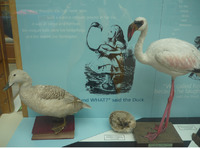
Tabloid
"The brand name ‘Tabloid’, however, stayed associated with things ‘reduced in size or compressed’ (Larson 2009: 86). It is this reduction in size that made the firm’s drugs perfect for travel, and the medicine chests in particular were designed to this end" (Liebenberg 2021: 45). -
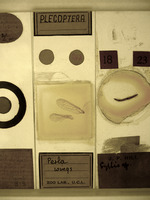
Perla Wings
Addressing the fact that 95% of known animal species are smaller than our thumbs, yet natural history museums displays are filled with mostly large animals, this sub-museum shows the legs of a flea highlighting its muscles; a whole squid, just a couple of millimetres long; beetles that have been sliced along their entire length, through the antennae, head, legs and body – 1/10th of a millimetre thick; as well as the wings of a Chrysopa perla, a fearsome predator in the insect world. -
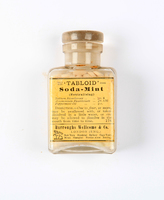
Soda-Mint (Neutralising)
"Antacid, exhilarant and stimulant. From one to three as a neutralising agent, in irritable and acid conditions of the stomach, dyspepsia, flatulence, etc. They may be swallowed with water, or be powdered and dissolved in water and taken as a draught" (BWC 1925:138). -
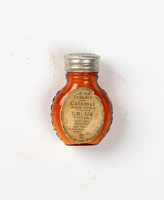
Calomel
"Alternative purgative. Use with caution. One to five of the smaller dose may be taken withh a draught of water as a cathartic and liver stimulant, or one, twice daily, as an alternative. The 5-grain dose is given in cases of jaundice accompanied by fever" (BWC 1925:122).


